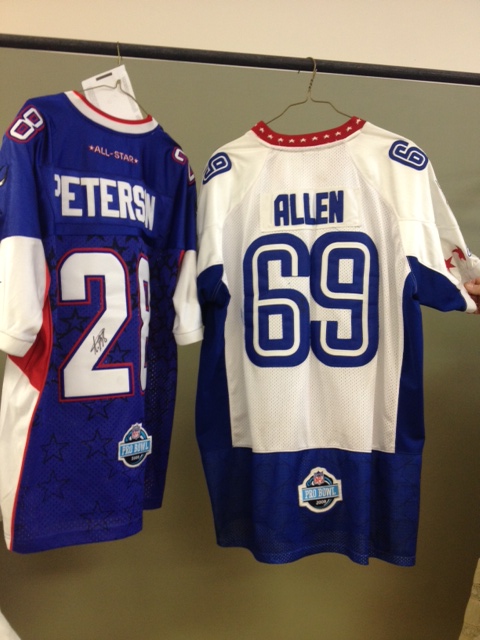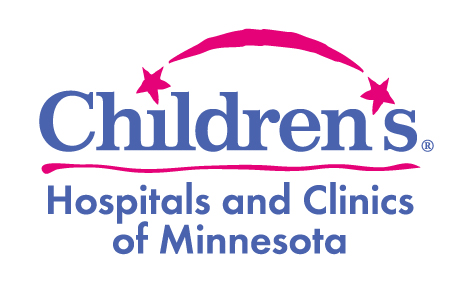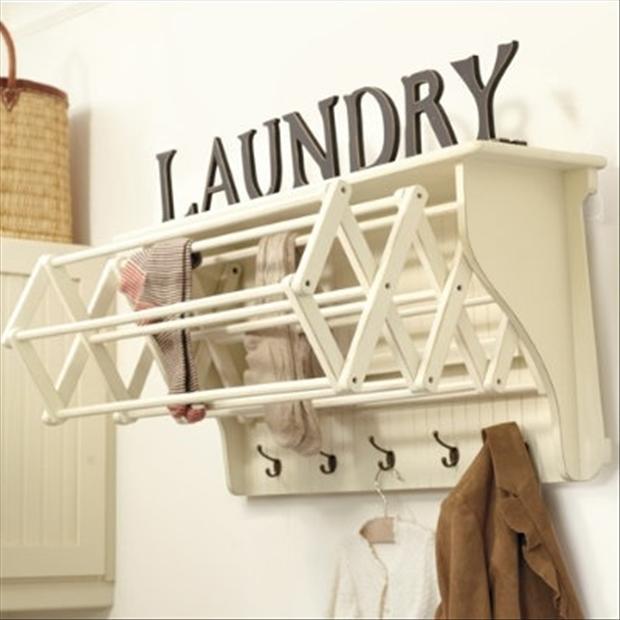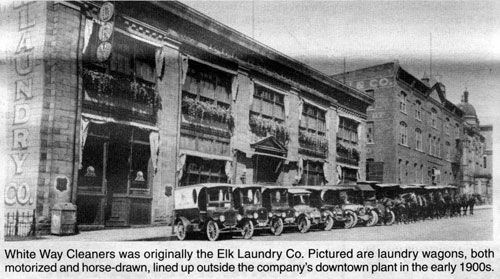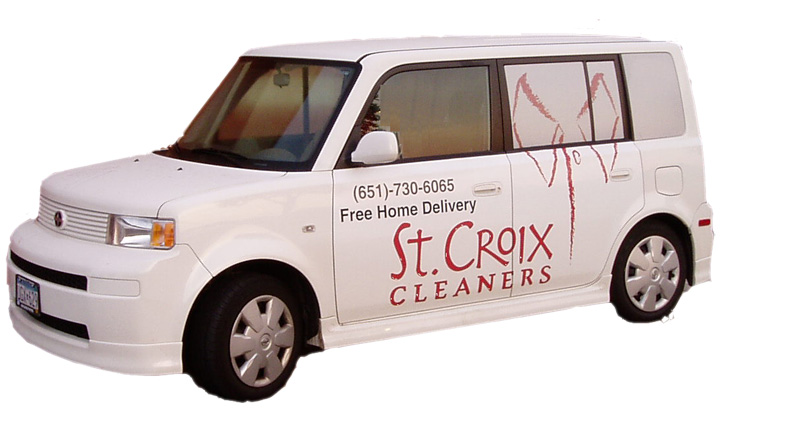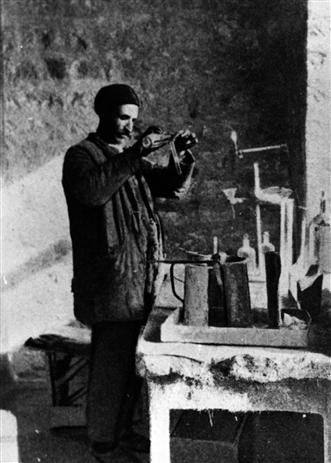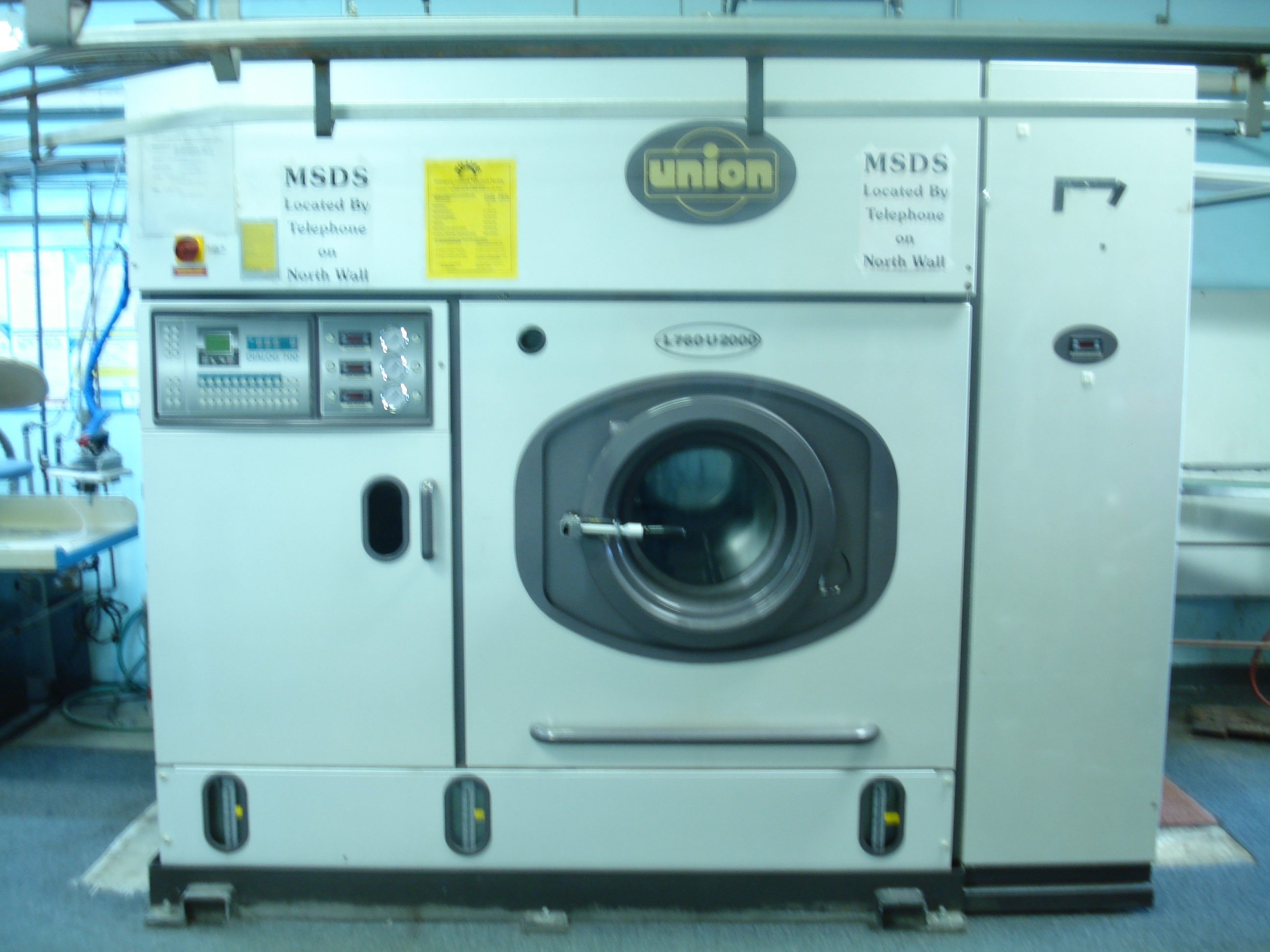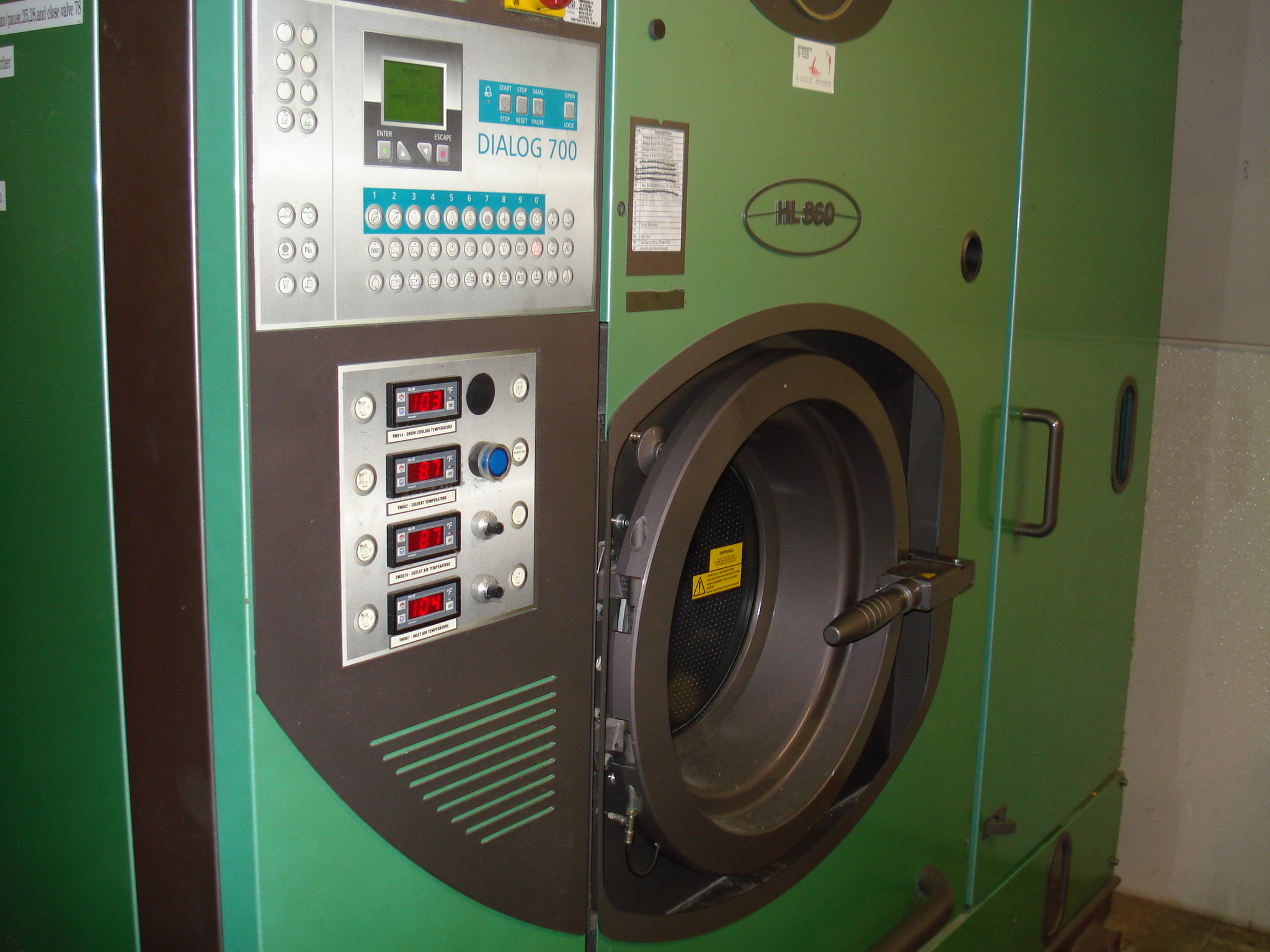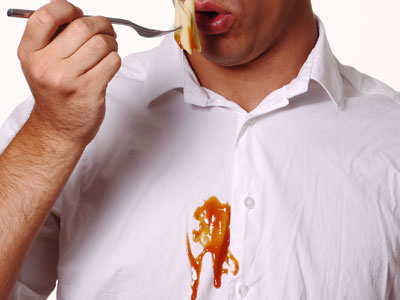When is the Best Time to Clean My…?
UGGs?
The spring (March, April) is usually the best time to clean these after you have trekked through the snow and salt all winter. It’s important to remove the salt as soon as possible and to place a protective coating on your UGGs before letting them sit all summer. That way, when the unexpected snow storm comes next October, you can pull out your UGGs and be ready to go!
Rugs?
Late spring, early summer is best to clean your household rugs. Just think about all the times you’ve stomped in from outside on that rug, and how much dirt and salt has built up on it. Vacuuming is only able to pick up the top layer – what about the dirt that has worked it’s way inside the rug? It’s best to plan for annual cleanings – just once per year can help your rugs last three times as long!
Winter Coats?
At least once at the end of the winter. Remember, you wear your winter coat almost every day in the winter – and you drive, eat, travel and more while wearing it. Once the snow and ice finally decide to start melting away, and you’re able to switch to a light spring jacket, make sure to bring your coat in to us – that way it’s cleaned and properly stored until next winter!


